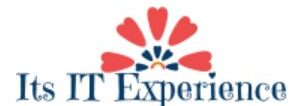Network WAN Connections
Three options for connecting over a telephone service:
- Dial-up connections.
- Integrated Services Digital Network(ISDN) – A method of sending voice and data information on a digital phone line.
- Basic ISDN – Two 64Kbps B-channels with one 16Kbps D channel is provided. The Dchannel is used for call control and setup. Basic ISDN can provide 128Kbps speed capability.
- Primary ISDN – 23 B-channels and one D channel is provided.
- Leased Lines – This involves the leasing of a permanent telephone line between two locations.
Remote Communication Protocols
- Serial Line Internet Protocol (SLIP) – Allows computers to connect to the internet with a modem. No error checking or data compression is supported. Only the TCP/IP protocols are supported.
- Point to Point Protocol (PPP) – Provides error checking and data compression. Also supports multiple network protocols such IPX/SPX and NetBEUI in addition to TCP/IP. Supports dynamic allocation of IP addresses.
Remote Access Service
Remote Access Service (RAS) with Windows NT allows users connecting to the network using a modem to use network resources. RAS may be called dial up networking (DUN) depending on the version of Windows you are using. The NT RAS server can handle 256 connections. Windows NT RAS servers provide the following security features:
1. User account security
2. Encryption between the DUN (dial up networking) client and the server
3. Callback capability The client software is called Dial up networking (DUN) in windows NT4 and Windows95. For NT 3.51 and Windows 3.1 it is called a RAS client. These clients may be used to connect to the internet through an internet service provider (ISP).
